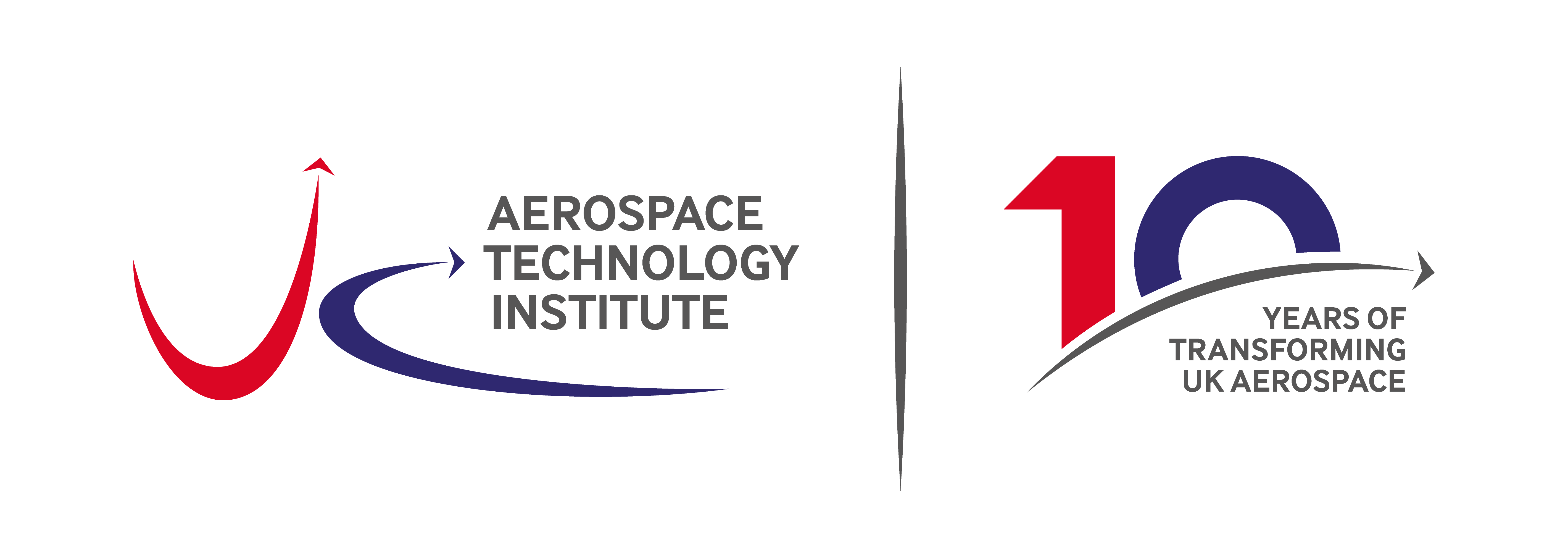ATI marks COP26
The ATI is marking the COP26 gathering in Glasgow with a series of blogs by ATI staff and guest writers. Over the next fortnight, you can read the thoughts of Prof. Simon Weeks (our CTO), Chris Gear (project director of FlyZero), Prof. Iain Gray (director of aerospace at Cranfield University), and more insights from colleagues across the sector.
A lot is riding on COP26. Coordinating global commitments to decarbonisation is a huge undertaking. Meetings like this can therefore only take place infrequently. But the need for action is more urgent than ever. Extreme weather events around the world demonstrate that climate change is impacting us now, with disastrous effects. But events like COP26 give us the chance to shape the necessary response and forge the way ahead. An increasing number of countries is now committing to net-zero emission goals, with over 63% of global emissions now covered by such goals.
The aviation sector is fully engaged. It recognises the necessity and urgency of decarbonisation; it understands the public demand for action, and it expects governments to regulate. Without action, and given current rates of growth, aviation could be one of the most polluting sectors by 2050. This is an outcome that nobody wants. Equally we should not seek to reduce the role of aviation; it supports economic success and creates jobs, it is vital for trade, and it connects people around the world – especially important for the UK as an island nation. A raft of activity is therefore underway in the sector – to design and build zero-emission aircraft, to develop new fuels capable of propelling aircraft cleanly, to transform airports, and to do all of this safely and affordably. This new zero-emission aircraft market also brings new opportunities for our aerospace sector to secure investment, market share and high skilled jobs in every corner of the UK.
The UK government has created the Jet Zero Council as a powerful framework for advancing these issues – I am pleased to represent the ATI on this and help set the agenda on zero-emission flight. The ATI itself has been helping to drive the sustainability agenda since its launch in 2014, supporting ambitious technology programmes to reduce aircraft weight, reduce emissions, and improve efficiency in the factory and in the air. But recently we have increased the intensity and focused relentlessly on zero-emission flight. Our FlyZero project, launched last year, brings together 100 experts from industry with the ambition of realising zero-carbon emission commercial aviation by the end of the decade. Introducing a zero-carbon emission narrowbody aircraft would start to address the sector of the market which accounts for 51% of aviation’s carbon emissions while pushing the limits of liquid hydrogen technologies could help unlock greater range. FlyZero is starting to publish its results now. We hope these will generate new insights and push further ambition in industry and academia.
We welcome the UK Government commitment to the ATI to 2031 and you can read our full response to the spending review here.
I invite you to read our blogs over the next days as we go into these subjects in more detail. Later this week, Prof. Iain Gray discusses the insights from a series of international meetings organised by Cranfield during 2021 about positioning the civil aviation industry for the future.


